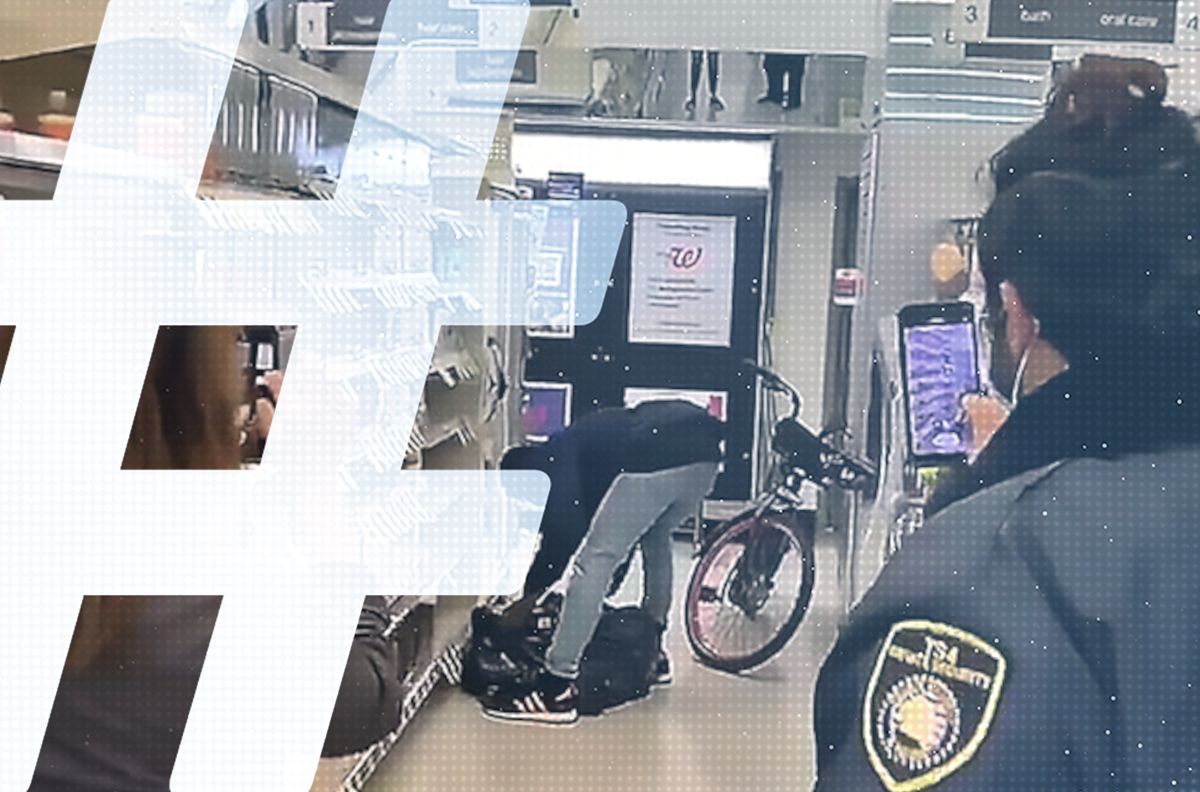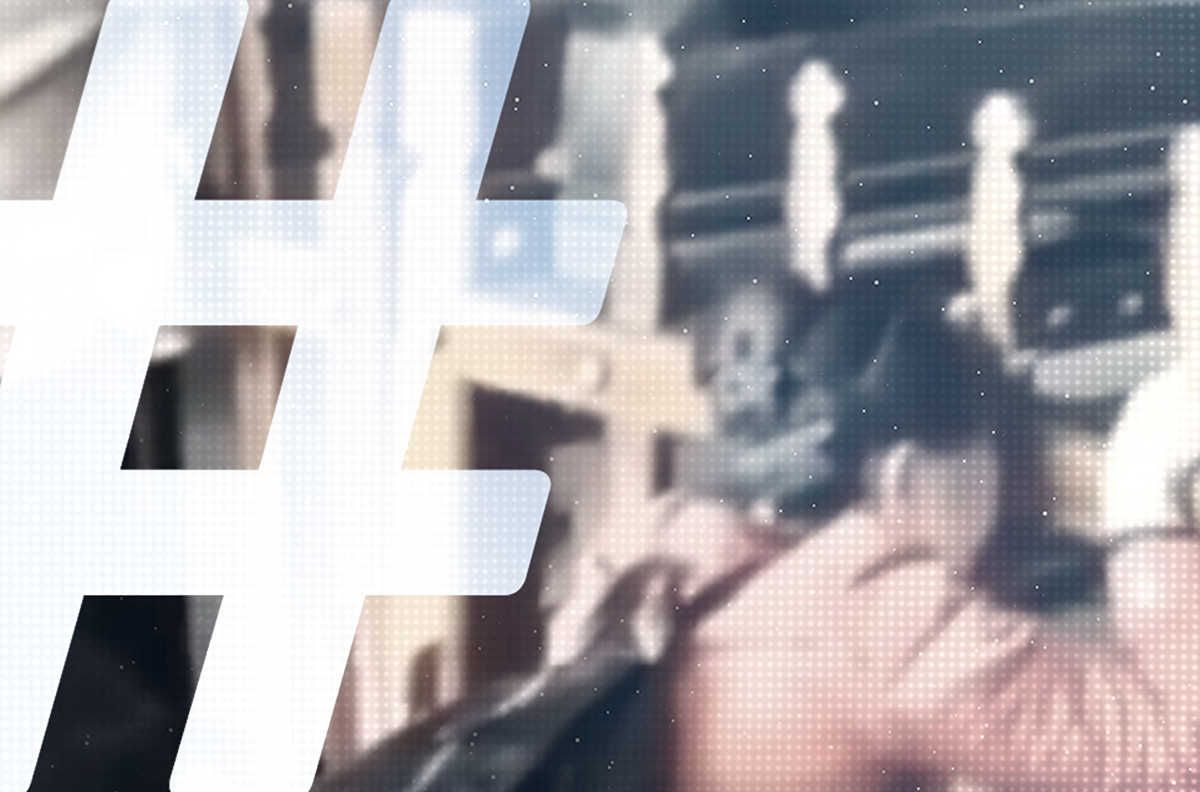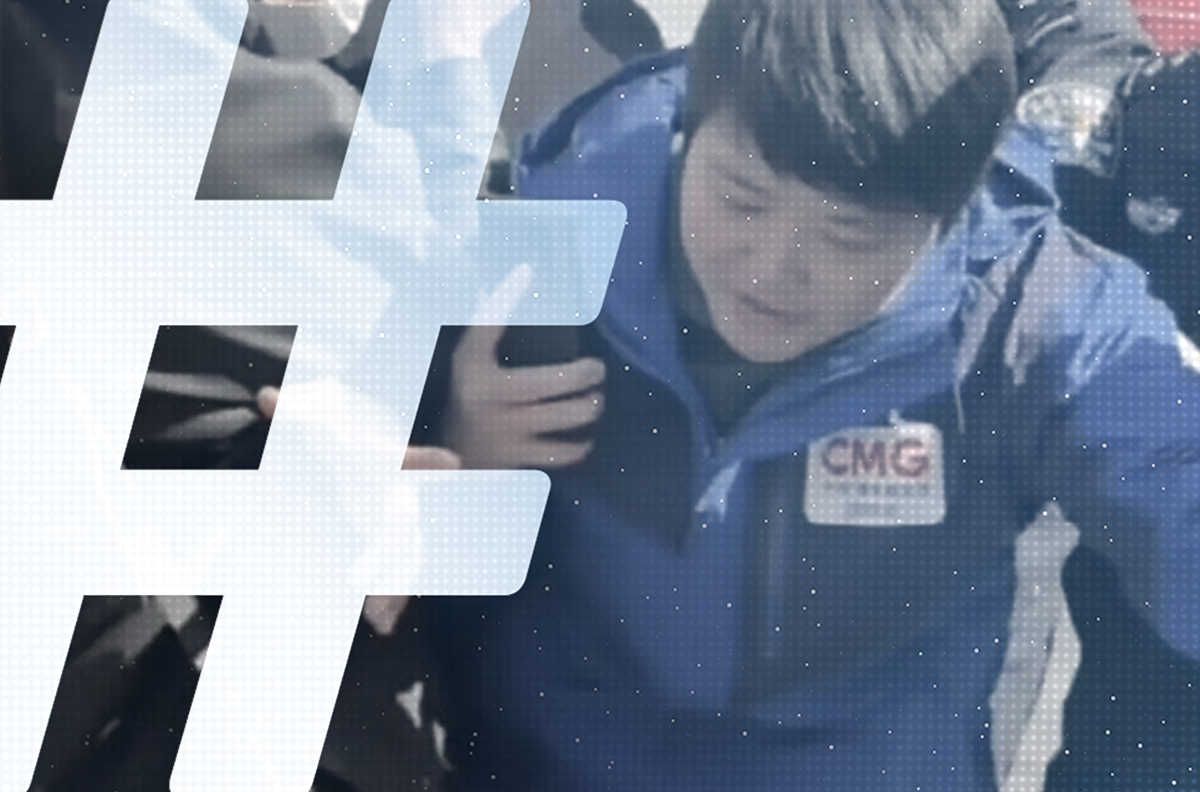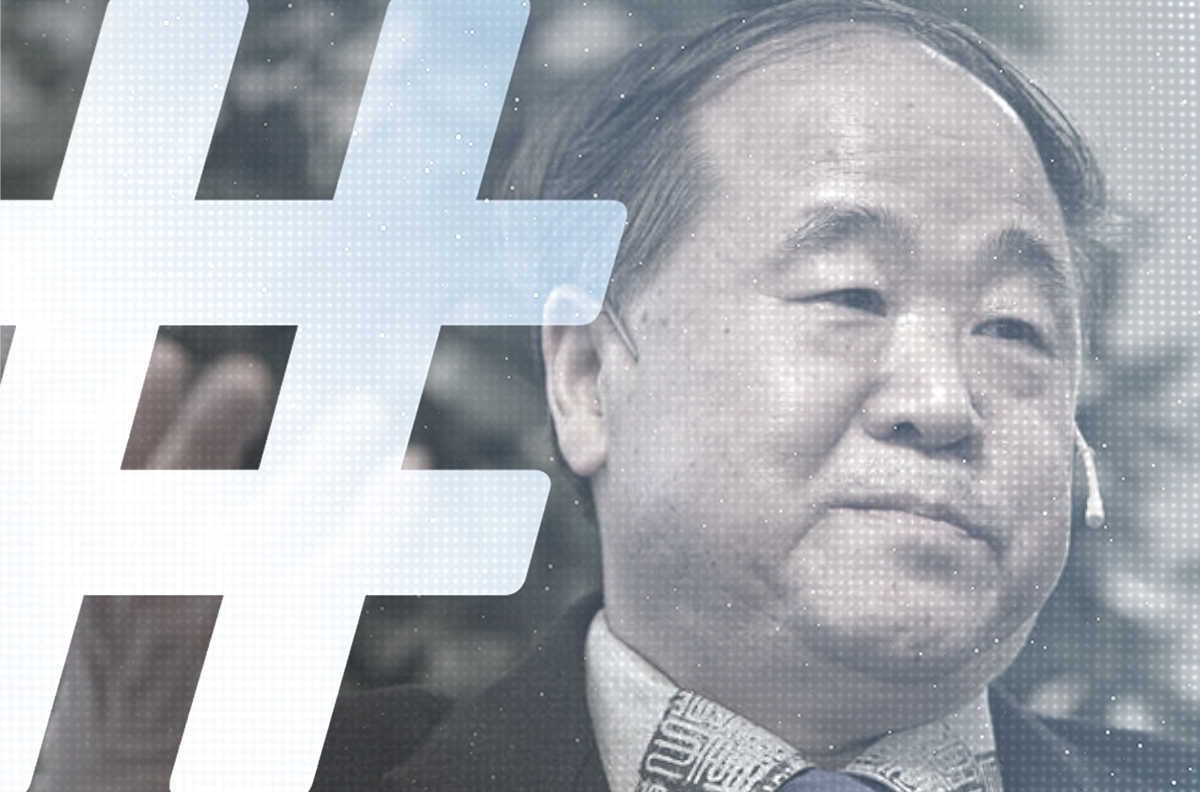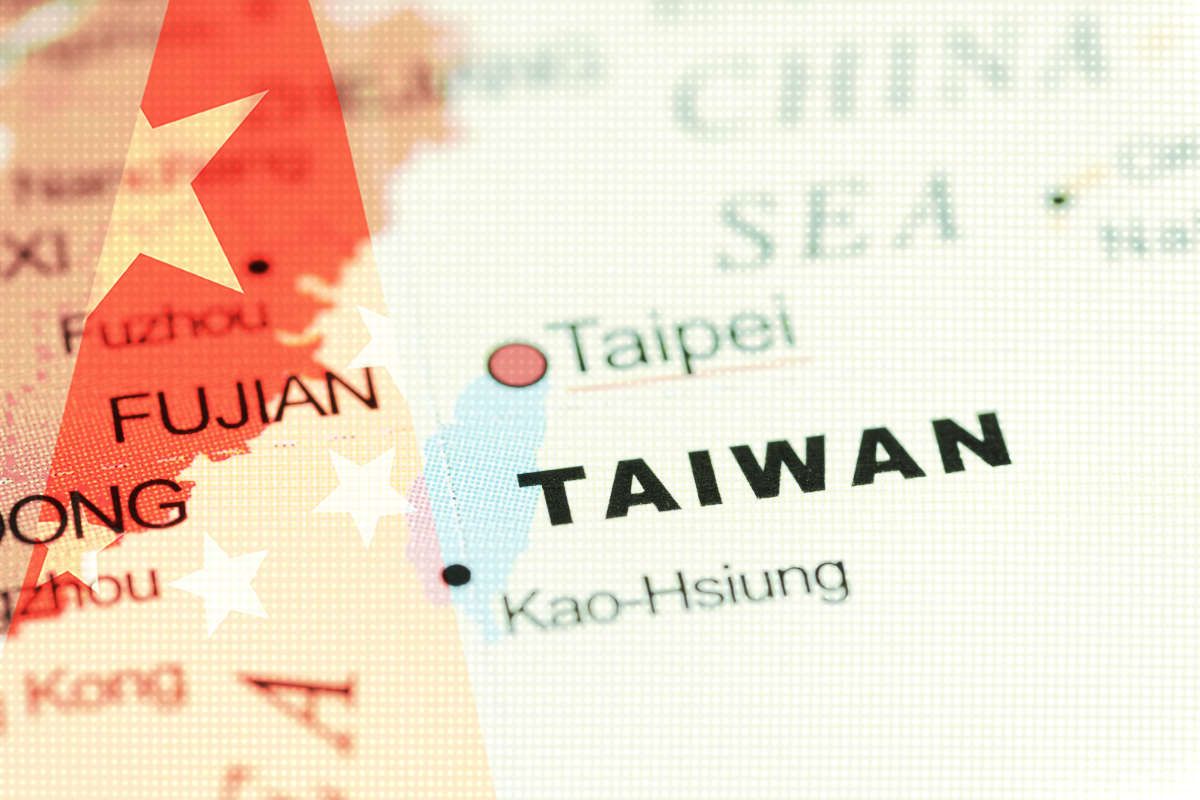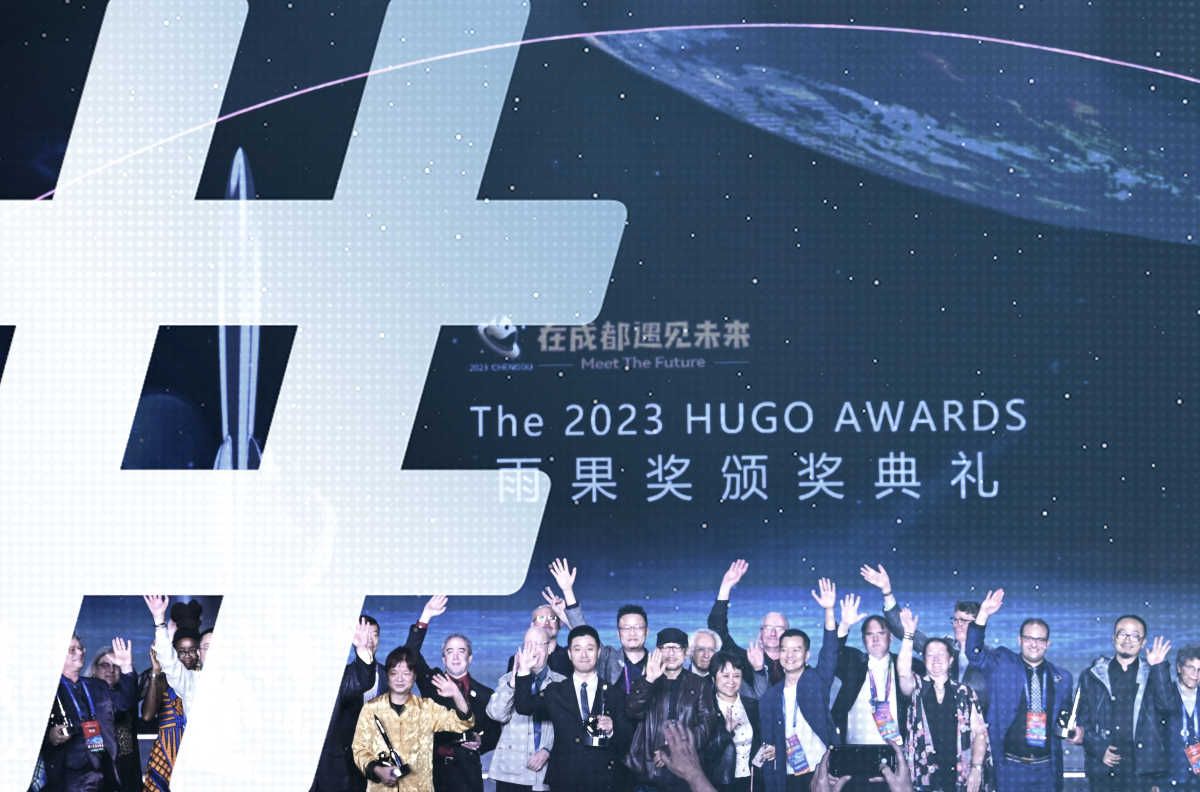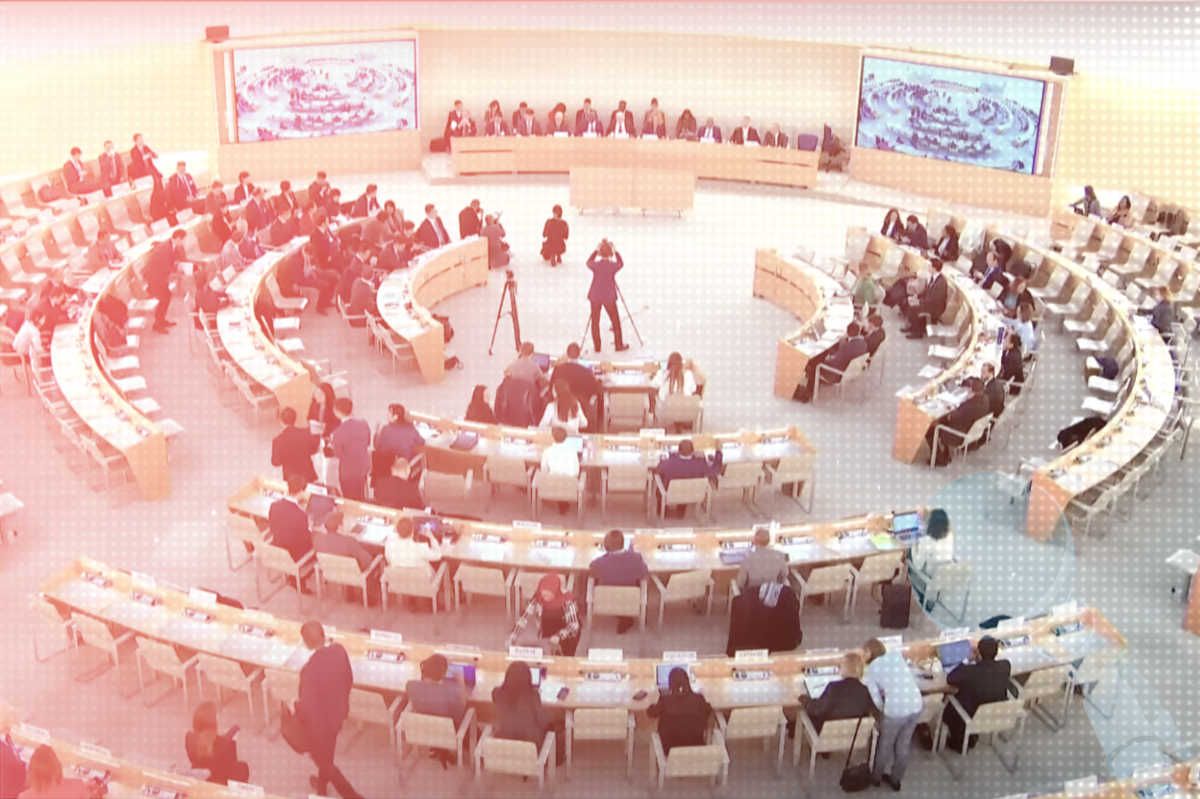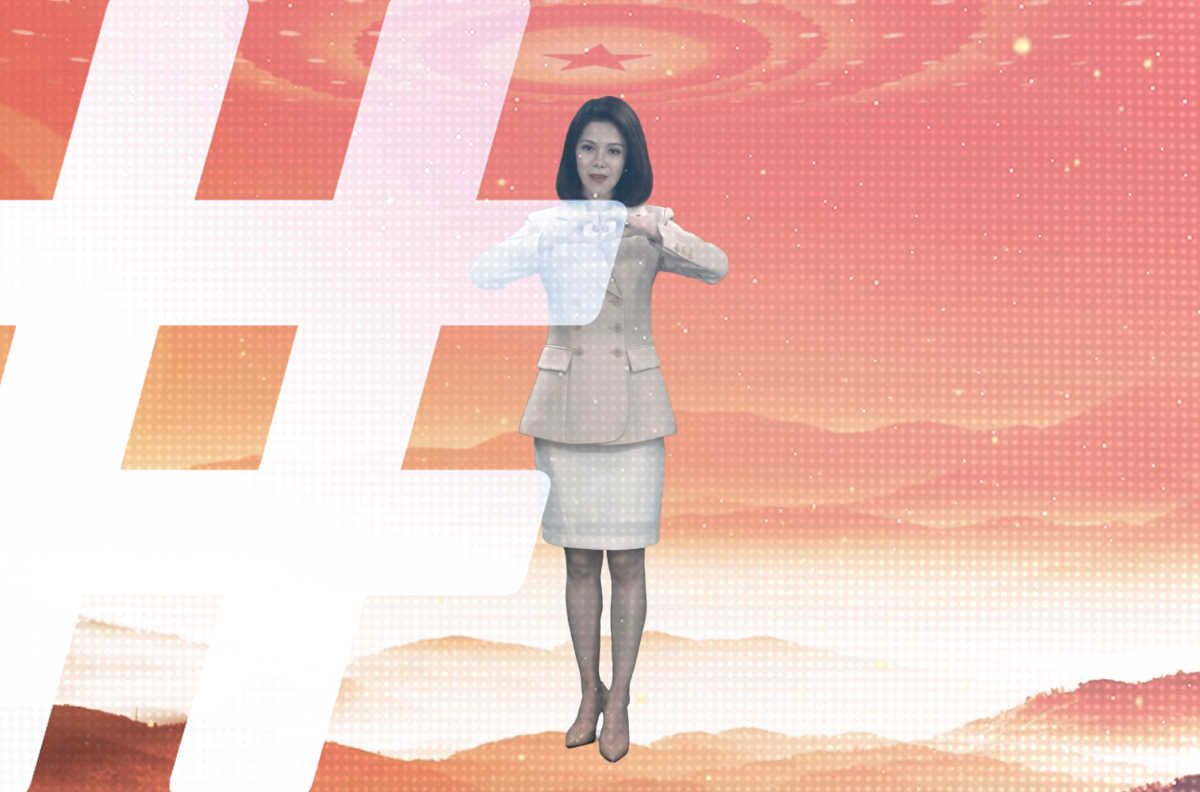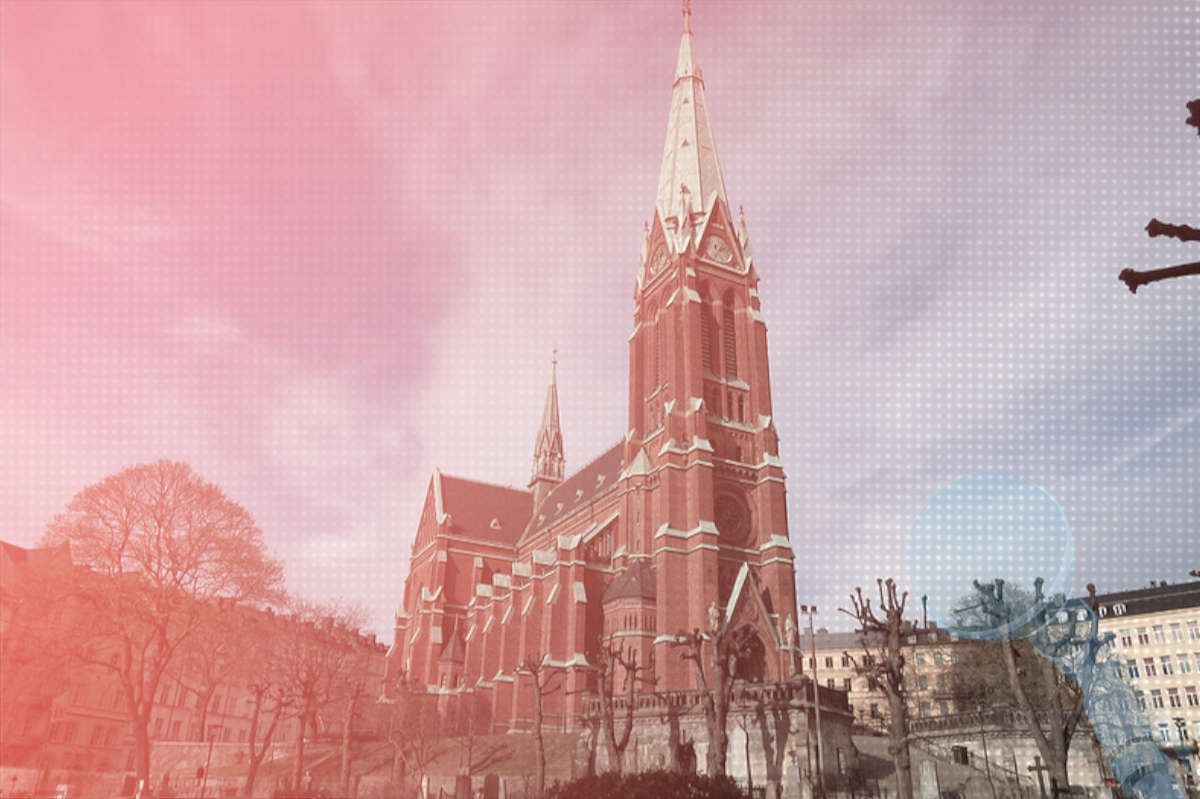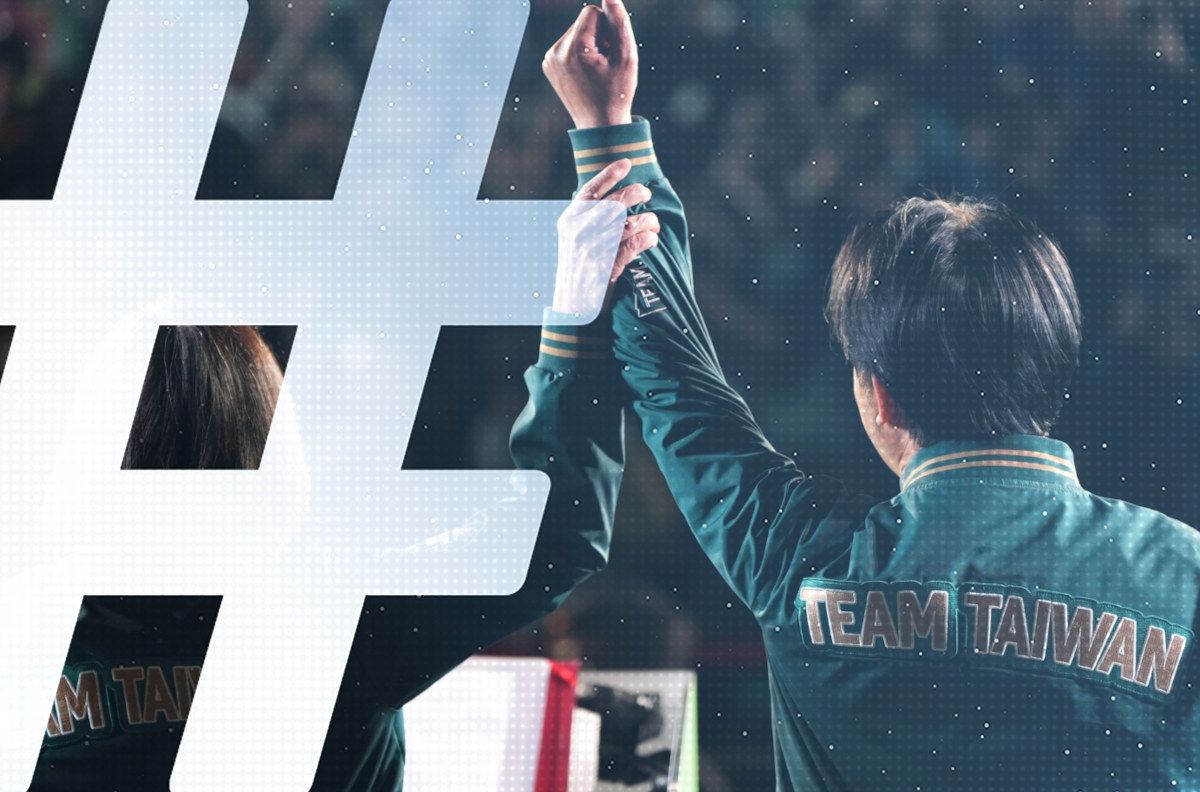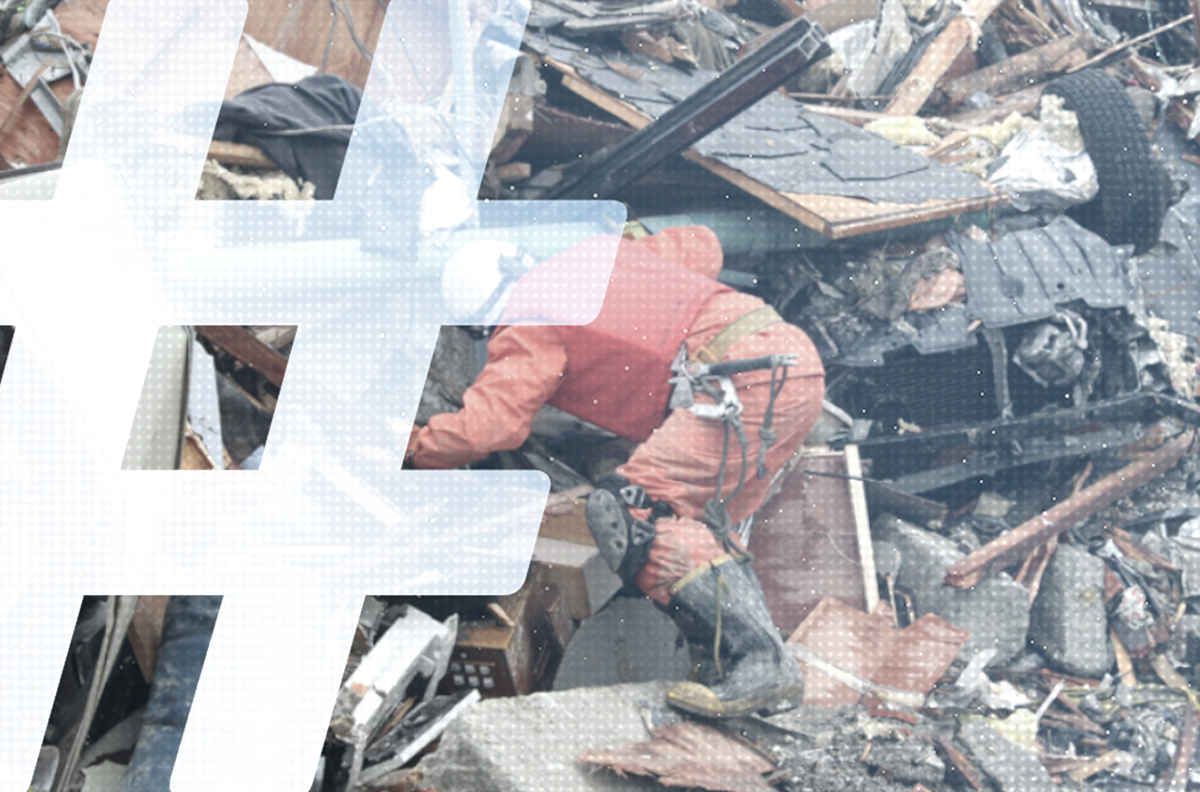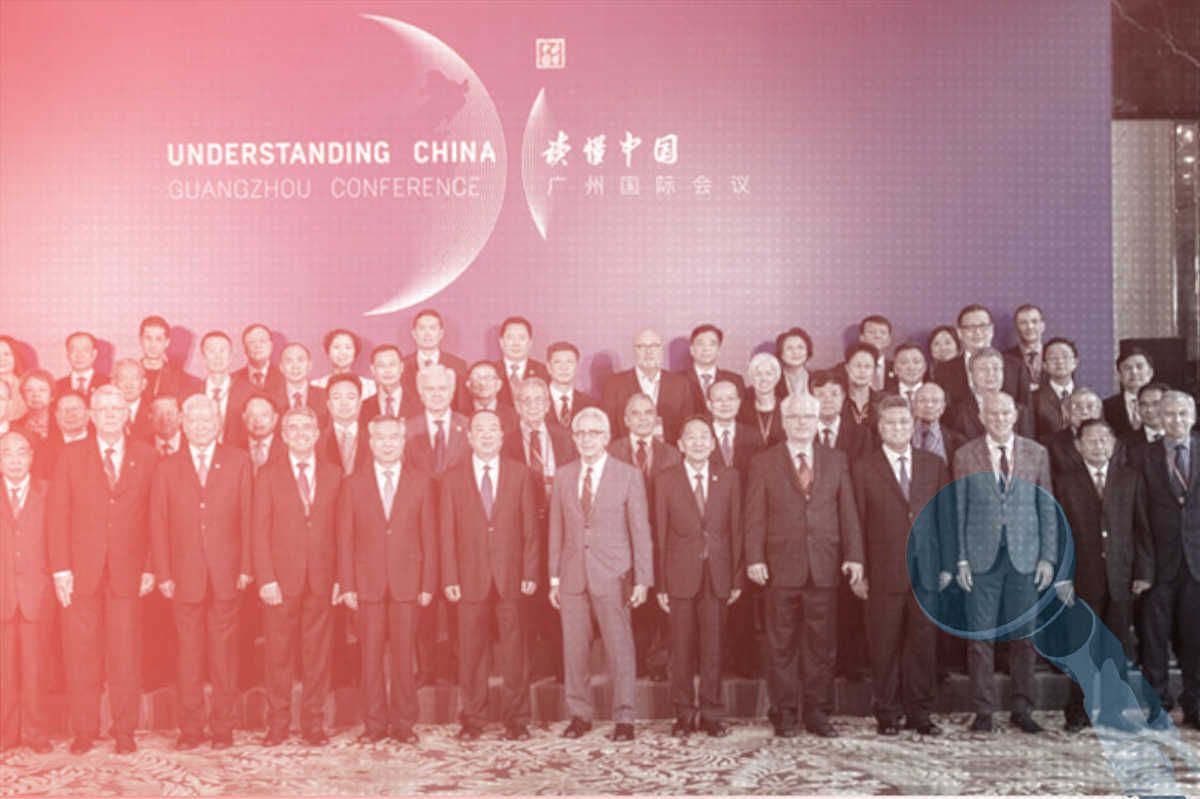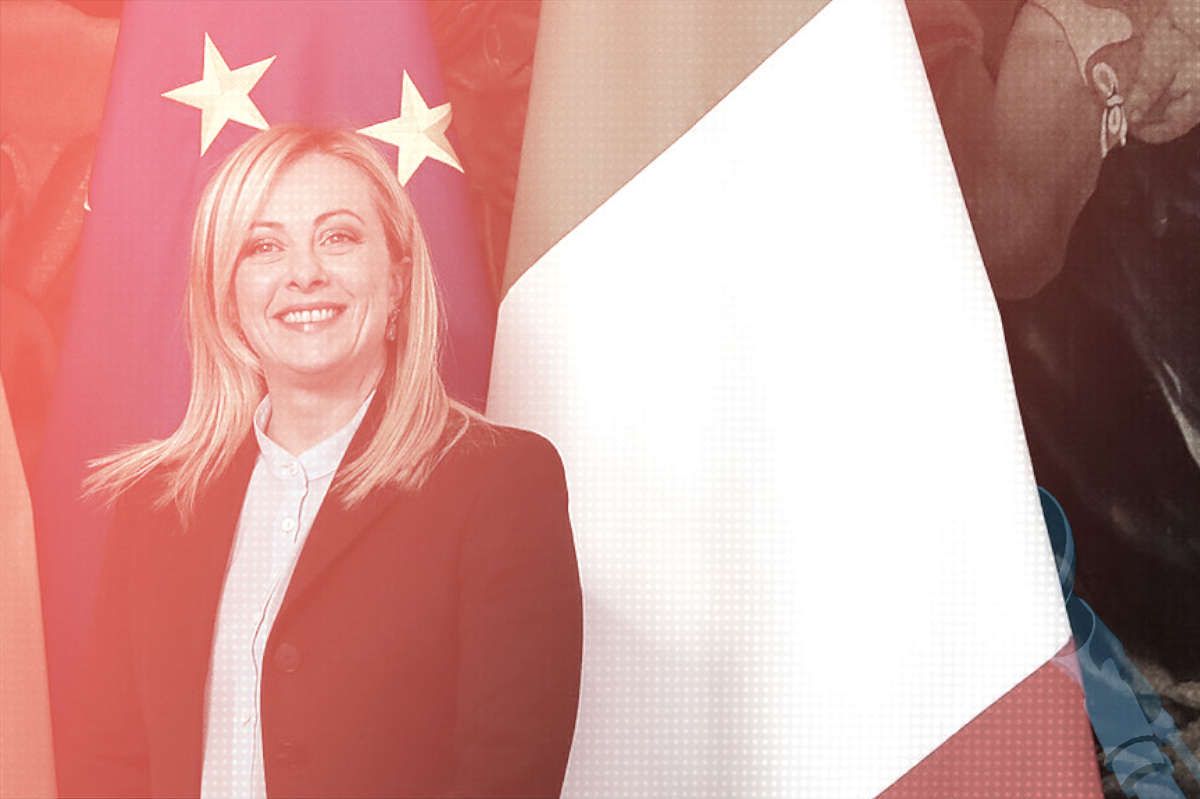One of the most interesting proposals reportedly made on the floor of China’s National People’s Congress yesterday came from delegate Fang Ming (方明), an anchor at China National Radio, who suggested advertising be prohibited on Channel 1 of China’s state television broadcaster, China Central Television. Fang said television programming was now too dominated by advertising, and he advised that CCTV1 concentrate exclusively on news content.
In the course of his proposal, Fang Ming mentioned recent changes at Chongqing Satellite Television, which he said has “opened a new chapter” in domestic television. So what changes was Fang referring to?
On March 1, Chongqing Satellite TV underwent a complete makeover, and by all official accounts the network’s programming is now richer and more unique. As an article in, well, the city’s official Chongqing Daily, the mouthpiece of its top Party leadership, gushed in a report earlier this month: “The great masses of viewers have clapped their hands in praise, but there are doubts too.”
Doubts you say? But why?
Apparently, the television network has “gone red,” filling its lineup with nostalgic tributes to classic Communist Party culture and at the same time jettisoning much popular entertainment programming as well as advertising. The changes have been reported widely in Chinese media over the past week, but there was a burst of coverage in early January as well, when there were reports that Chongqing was launching a “red channel” and would stop broadcasting television dramas.
Back on January 6, Chinese Twitter user @stang227 wrote: “I just called home to my mom, and she said she was watching television dramas. I asked her if she was watching Chongqing Satellite TV. Mom said: ‘I don’t watch Chongqing Satellite TV. They play those red anthems all day long. It’s insufferable!”
Attempting to address concerns about this Maoist makeover, Chongqing Daily ran an interview with the city’s top propaganda leader, He Shizhong (何事忠), earlier this month.
Reporter: What is the biggest characteristic of this makeover at Chongqing Satellite Television? What will the content be like post-makeover?
He Shizhong: We know only too well that Chongqing Satellite TV is Chongqing’s most important, most convenient and most effective propaganda front . . . The goal of this makeover is . . . to devote ourselves to creating the country’s first public interest television channel, truly making it a mainstream media that broadcasts advanced culture and thoroughly combines “a Chinese manner, a Chongqing style, mass appeal and artistic charm”; that actively promotes and develops red culture (红色文化), mainstream culture, and high culture; that does a better job of advertising Chongqing, leading society, disseminating knowledge, teaching the people and promoting development.
What does all of that mean? Well, He Shizhong sums it up with Chongqing’s new formula: “1 No, 2 Reductions and 3 Additions” (一不二减三增). Basically, this boils down to no commercial advertising, fewer television dramas (and none at prime time), plus fewer programs from other domestic networks. At the same time, Chongqing Satellite TV will increase news programming, add more of their own cultural programming, and increase the frequency of public service announcements.
The purpose, said He, was to provide a public service, and “to offer more spiritual sustenance of a higher quality.”
One example of the network’s new cultural programming is a show called “The Daily Red Anthem Show” (天天红歌会), a 15-minute program in which various performers sing songs from among a list of 100 Communist Party classics pre-approved by Chongqing’s propaganda department, along with some folk songs with local Chongqing flavor.
Over the weekend at the NPC, top Chongqing leader Bo Xilai (薄熙来), whose heavy-handed and creative approach to governing this booming inland municipality has garnered worldwide attention, said that the singing of “red songs” was “actually a kind of reading, a kind of study, a kind of spirit, a kind of culture.” Chongqing, he said, needed more than just the pursuit of wealth and economic prowess — it needed “thought and substance” (思想和内涵).
In his interview with Chongqing Daily — which, let’s remember, it is his job to control — He Shizhong sought to dispel fears that the “red China” theme being unveiled at Chongqing Satellite TV means a celebration of China’s “leftist” past:
What does “China is red” mean? In its makeover, Chongqing Satellite TV upholds the principle of “I love Red China.” When we talk of “red” some people express opposition, saying that we are encouraging “leftist” sympathies, or even taking the old road of the Cultural Revolution. This is entirely wrong. The Chinese people have revered the color red since ancient times . . . The color red represents life, vitality, youth, ardor, brightness, vividness, strength, fullness of life force. In a limited sense, so-called “red culture” (红色文化) points to the way the Chinese Communist Party has, since the last century, led the Chinese masses through an explosive period of revolution and war, how it has built [China up], and about the spirit of the age that has emerged through opening and reform. China under the leadership of the CCP is a “red China.”
In a press conference last week, Chongqing mayor Huang Qifan (黄奇帆), also a delegate to the NPC, said Chongqing Satellite Television stood to lose 300 million yuan in advertising revenues as a result of its “red” makeover. The city will reportedly subsidize its local television channels under Chongqing Satellite TV to the tune of 150 million yuan.
Is China on the verge of unwinding two decades of media commercialization and heading back to a bygone era of state-supported mouthpieces? That’s hardly likely. But these are interesting happenings in Chongqing, and it’s well worth watching how the rest of the country responds.


